AUSTRALIA NEWS
21st October 2024
By Oyenike
KING CHARLES COMMENCES AUSTRALIA TOUR WITH A CHURCH SERVICE
King Charles and Queen Camilla attended a church service in Sydney, marking the start of their Australian tour. This visit is significant as it is the King’s first since becoming head of state in September 2022 and his most substantial journey since beginning cancer treatment earlier this year. Over six days, they will engage with local leaders and celebrate the culture and heritage of the nation.
During the service at St Thomas’ Anglican Church, led by Archbishop Kanishka Raffel, the royal couple interacted with a crowd of well-wishers. Many attendees, having waited since early morning, had the opportunity for brief exchanges, presenting flowers or taking photos with the royals.

The King greets the crown during his visit to St. Thomas Anglican Church in Sydney
Attendees expressed their sentiments about the monarchy, with Lyn Tarbuck noting its supportive role in Australia. Others, like Roslyn Durie, shared emotional moments, recalling past royal visits. Sandra Hall welcomed the couple, sharing a light-hearted exchange with the King about the sunny weather in Sydney.

Senator Lidia Thorpe’s historical moment in 2024 politics
At the exclusive Parliament’s Great Hall event, local First Nations parliamentarian Gunnai, Gunditjmara and Djab Wurrung, Independent Senator Lidia Thorpe, made her surprise statement at great volume before the King draped in traditional skin to make history as she spoke with force directly to the King “you are not our king” and “this is not your land” and continued “You committed genocide against our people.” “Give us our land back. Give us what you stole from us — our bones, our skulls, our babies, our people.” “Give us a treaty, we want a treaty.” As she was taken away from the scene by several officials.
________________________________________________________________________________________________________________
SYDNEY BEACHES RESUME OPERATIONS FOLLOWING TAR BALL INCIDENT
Beaches in Sydney have reopened for swimming after being temporarily closed due to the appearance of mysterious black tar-like balls. These deposits raised health alarms among officials. Tests revealed that the balls are composed of chemicals similar to those found in cosmetics and cleaning agents, although their origin remains unknown.
Eight beaches, including the iconic Bondi, were shut down while a significant clean-up was initiated due to concerns about potential toxicity. New South Wales Environment Minister Penny Sharpe stated that inquiries are ongoing to identify the pollution’s source and accountability.
According to Mark Hutchings, the Executive Director of New South Wales Maritime, the balls are not highly toxic to humans but should not be handled. The Environment Protection Authority (EPA) is conducting further laboratory tests to trace the origins of these substances.
While the tar balls pose no immediate danger when left undisturbed, they should be reported to lifeguards if spotted. If anyone accidentally comes into contact with them, it is advised to wash their hands thoroughly with soap and water or baby oil.

The Clean up team on Coogee Beach
_______________________________________________________________________________________________________________
PROMISING HUMAN TRIALS ON SPINAL CORD REPAIR ABOUT TO LAUNCH
Australian researchers are set to begin human trials aimed at treating spinal cord injuries by transplanting cells harvested from the noses of paralysed individuals into the affected areas. Scientists from Griffith University have engineered tiny biological conduits composed of millions of nasal cells, which they believe will stimulate nerve cell regeneration and facilitate recovery over the damaged spinal cord. The primary goal is to achieve some level of spinal cord repair.
Researcher James St John noted that even minor enhancements in functionality, such as enabling movement in paralysed fingers or restoring bladder and bowel sensations, could significantly improve a person’s quality of life. This innovative therapy is being developed to assist patients like 18-year-old Joe Pouniu.
Joe, a talented rugby league player with the Gold Coast Titans, suffered a spinal cord injury after colliding with a goal post early last year, resulting in quadriplegia. Despite his condition, Joe remains thankful for the use of his hands. While he has yet to enrol in the $14 million dollar trial, he expressed that even slight increases in mobility could greatly impact their lives.
Professor St John explained that imaging scans will be utilised to create a three-dimensional model of the patient’s spinal column and injured area, helping surgeons prepare for the transplant procedure. A small sample is taken from the inside of the patient’s nose to obtain the necessary cells for the procedure.
Specialised cells, referred to as olfactory ensheathing cells, are extracted and cultivated in the lab over several weeks. These cells can be preserved until the patient is ready for the transplant, and the biological bridges can be prepared with just a few days’ notice. The specifics of the science behind these unique biological structures remain closely guarded.

Australian researchers
______________________________________________________________________________________________________________
MOTHER AND HER TWO CHILDREN IDENTIFIED AFTER DROWNING IN SYDNEY RIVER TRAGEDY
______________________________________________________________________________________________________________
A tragic incident in the Georges River, located in Sydney’s southwest, has resulted in a one-year-old boy losing his mother and two siblings. Friends of the family expressed their profound shock over the heartbreaking event.
Hoai Nguyen, 32, and her two children, Mitchell, 7, and Hazel, 5, drowned after falling from a pier into the river at Floyd Bay around 10:15 am on Saturday. NSW Police are conducting a coronial inquest to determine the circumstances that led to the family entering the water.
A GoFundMe campaign initiated by a family friend has raised nearly $17,000, as of Sunday afternoon. The father and the youngest child, Macario, are left behind, as stated in the fundraiser. The page emphasises the goal of raising funds to support funeral expenses and help the father care for young Macario during this difficult time. The family was well-known in the Vietnamese community in Fairfield, with one friend, Tue Le, referring to Hoai as her “sister” and encouraging others to donate.
Another post by Tuy Nguyen revealed that the father was at work when the drownings occurred. The funds raised will also assist in repatriating the bodies of Mitchell and Hazel to Vietnam for burial, where their youngest brother currently resides. Both Le and Nguyen were reached for comments regarding the situation.
Despite efforts to revive her, the mother could not be saved at the scene. The two children were discovered three hours later following a comprehensive search and rescue operation. This heartbreaking event has left a significant impact on the family and the community.
______________________________________________________________________________________________________________
AUSTRALIA’S NATIONAL HEALTH BODY RELEASES NEW DRAFT LIMITS FOR PFAS IN DRINKING WATER
“Forever chemicals,” scientifically referred to as per- and polyfluoroalkyl substances (PFAS), are widely present in our environment. These synthetic compounds have been found in various items such as cookware, construction materials, and cosmetics. Recently, Australia’s National Health and Medical Research Council (NHMRC) released a draft update to its 2018 guidelines regarding safe PFAS levels in drinking water. This update follows the US Environmental Protection Agency’s regulation that established strict limits on six PFAS types.
PFAS were created in the mid-20th century for their resistance to water, stains, heat, and flames, making them prevalent in products like firefighting foam and waterproof sprays. However, their resilience means they do not decompose easily, persisting in the environment for decades and accumulating in living organisms, including humans. Concerns about their potential health impacts have grown in recent years, although the link between PFAS exposure and health effects remains debated among scientists and health professionals.
The NHMRC’s draft guidelines focus on four specific PFAS types, setting limits based on safe daily consumption levels in drinking water. Under the previous guidelines, the recommended limit for perfluorooctanoic acid (PFOA) was 560 nanograms per litre (ng/L), but the new draft suggests a reduced limit of 200 ng/L. Additionally the guidelines address safe levels for perfluorooctane sulfonic acid (PFOS) and perfluorohexane sulfonic acid (PFHxS), reflecting ongoing efforts to manage PFAS exposure in Australia.

Australia’s National Health body, Releases New draft limit for PFAS in drinking water
End.

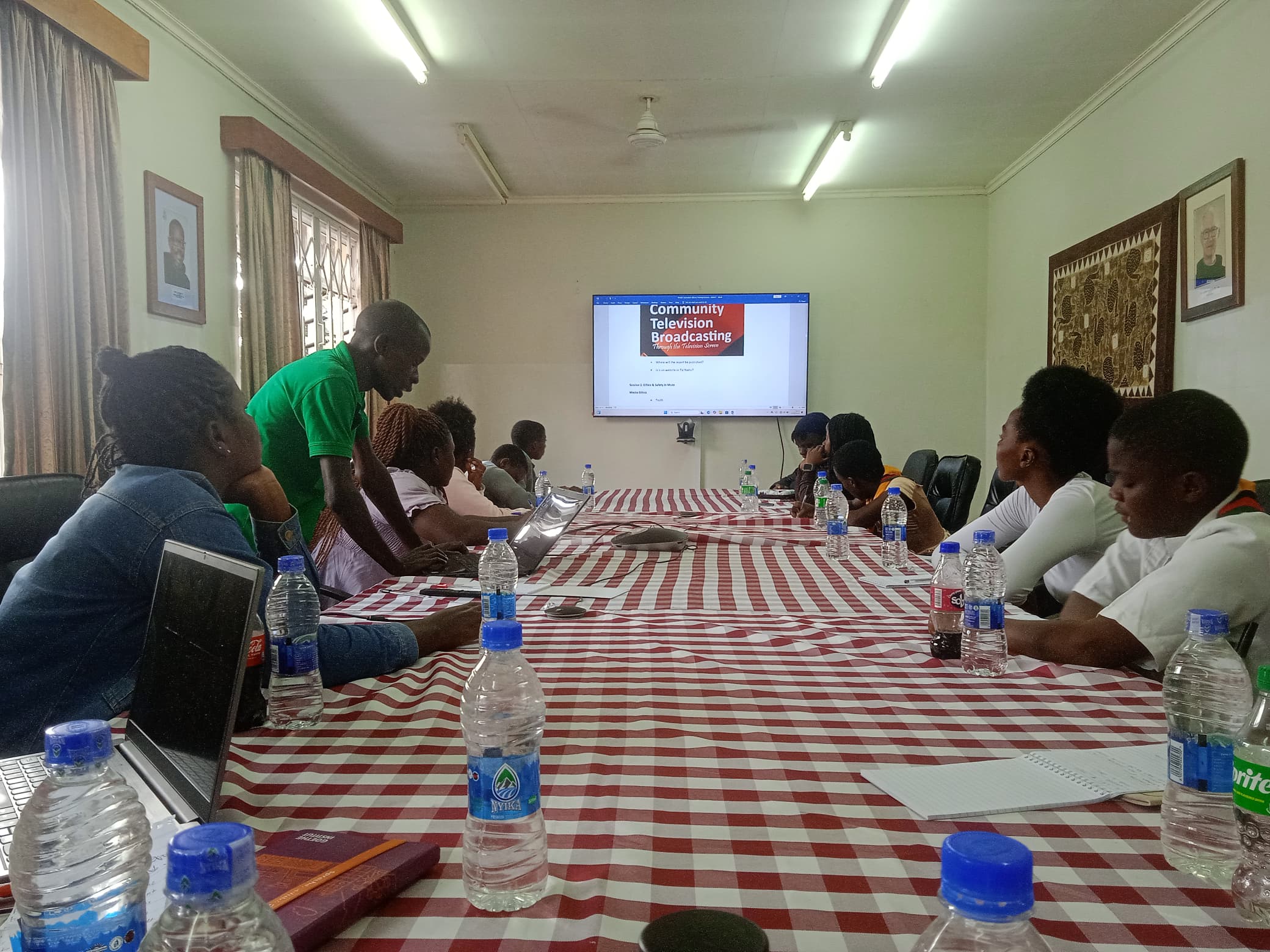


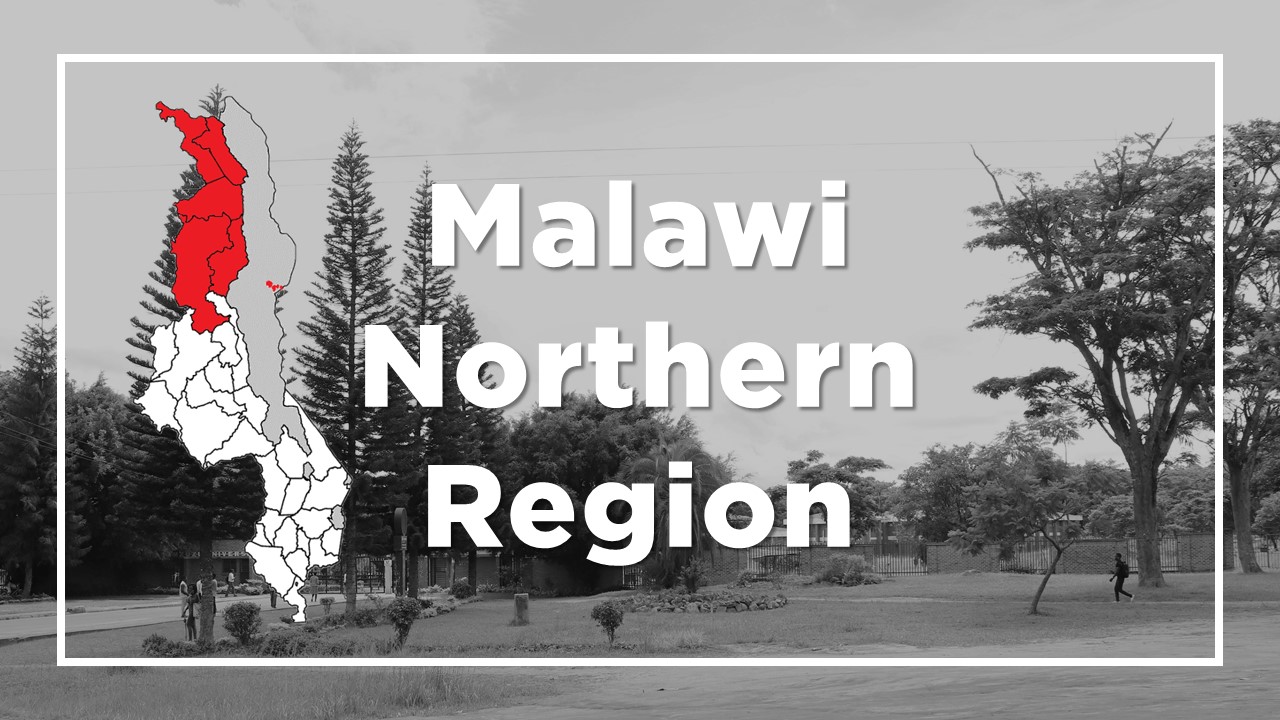


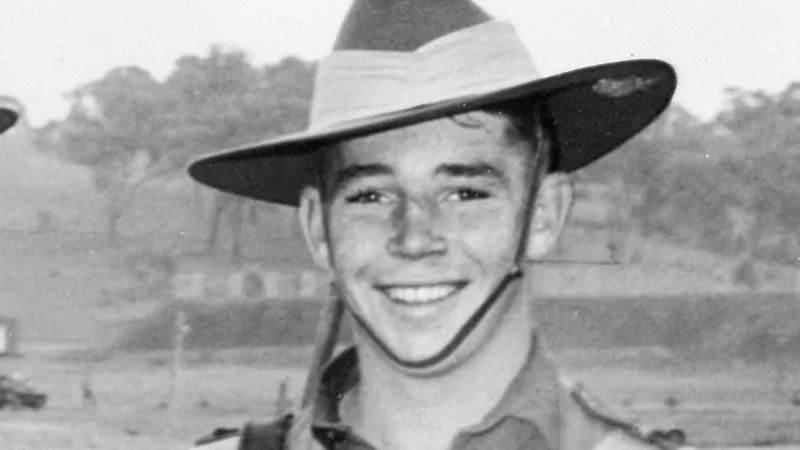



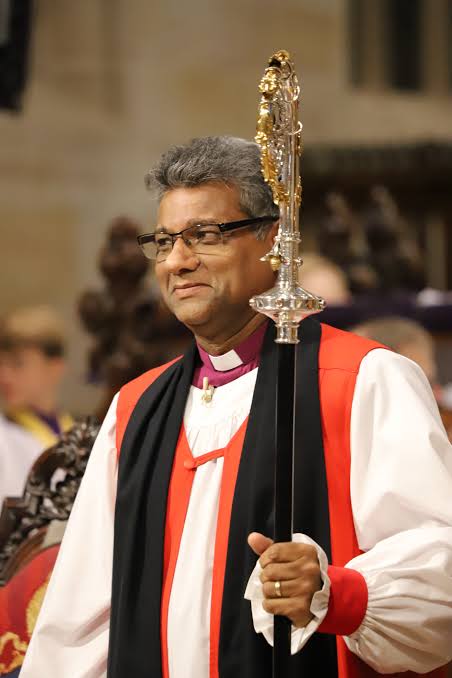

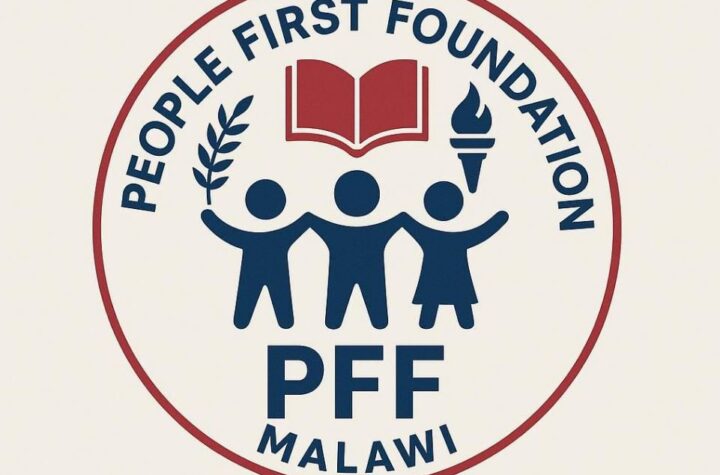

More Stories
Young Women Drilled In Essential Mobile Journalism (MoJo) Skills
The People First Foundation (PFF) – A Community Centred Charity Institution
Friendly International Boomerang Tournament Ha’il January 30-31/2025